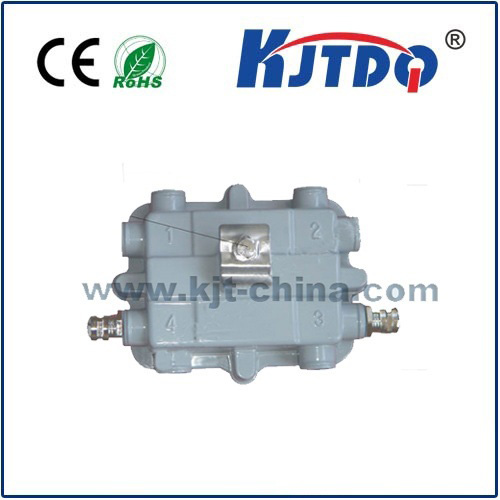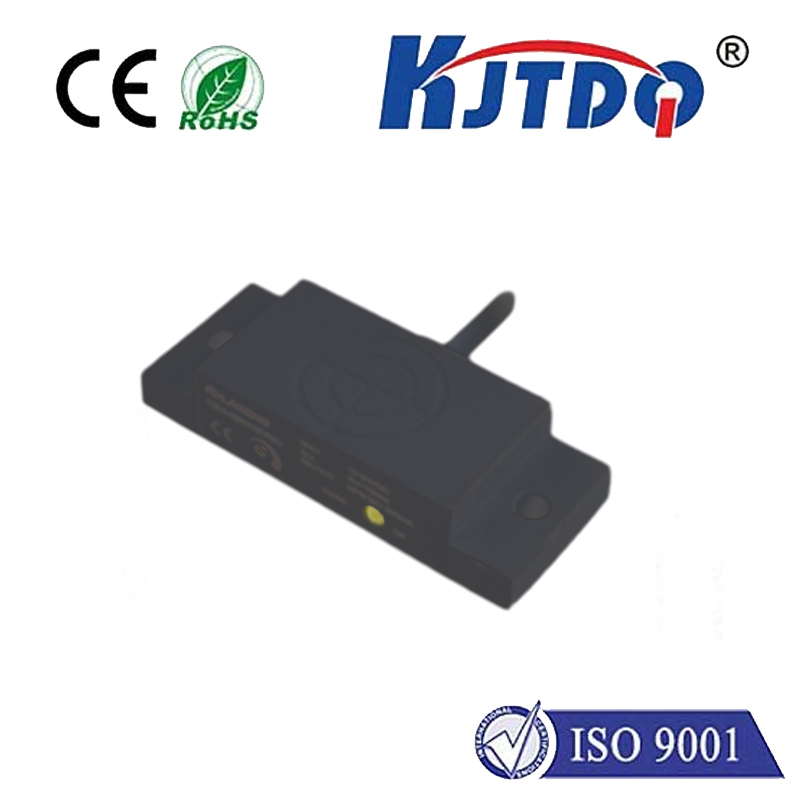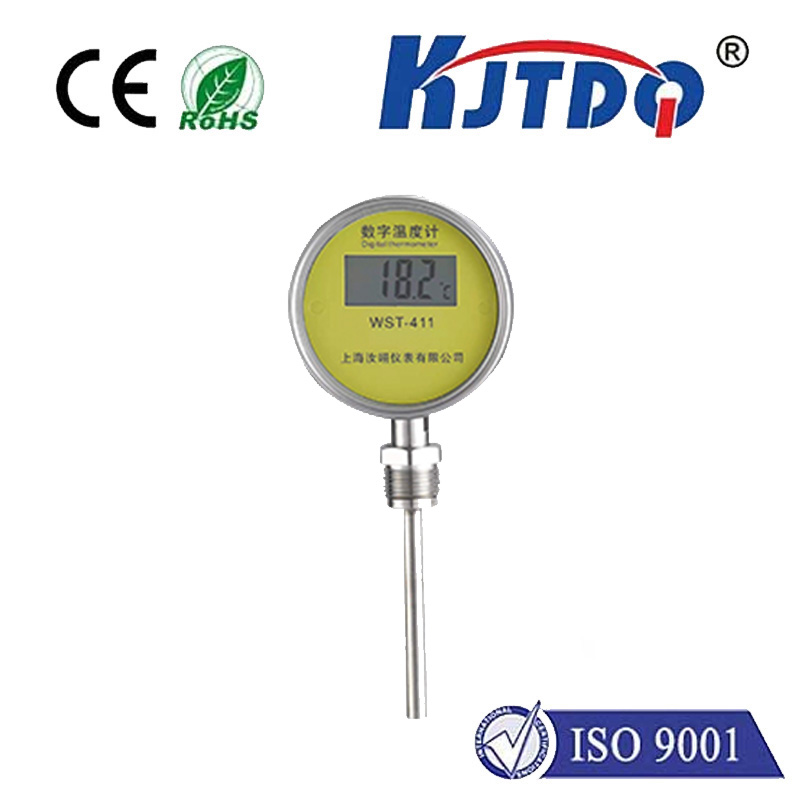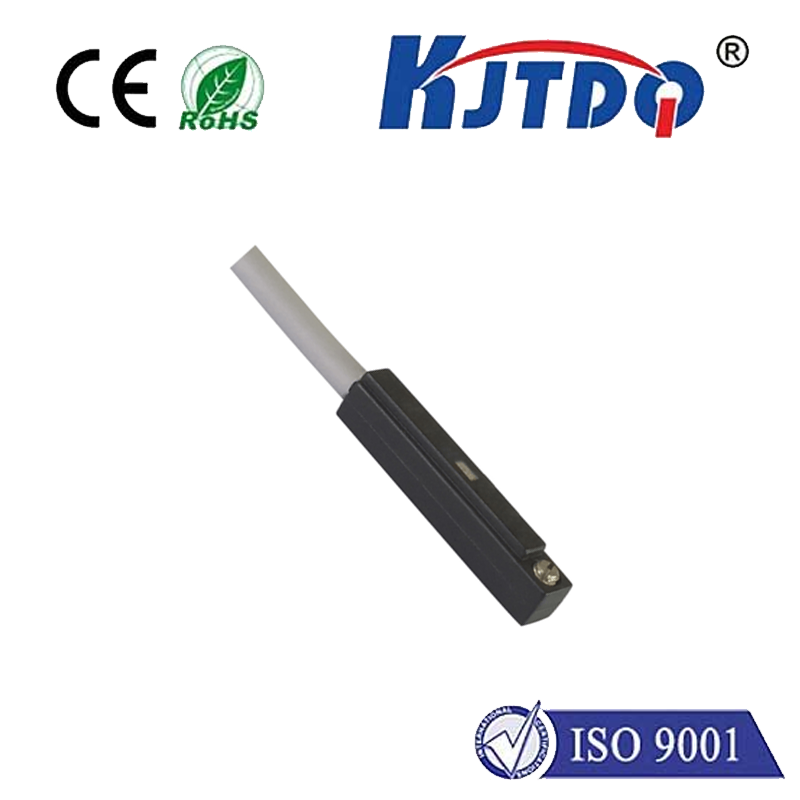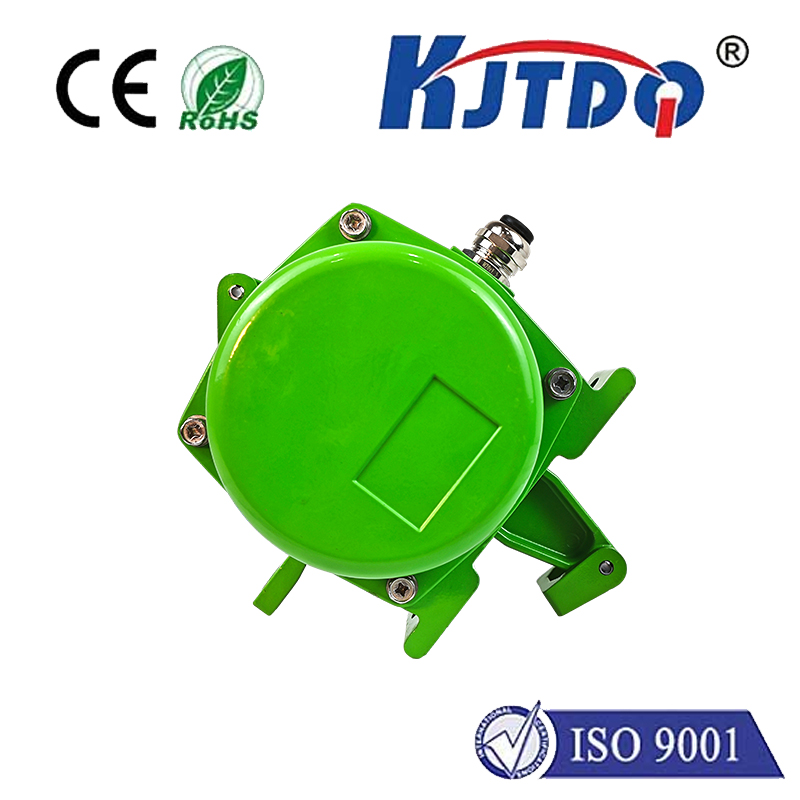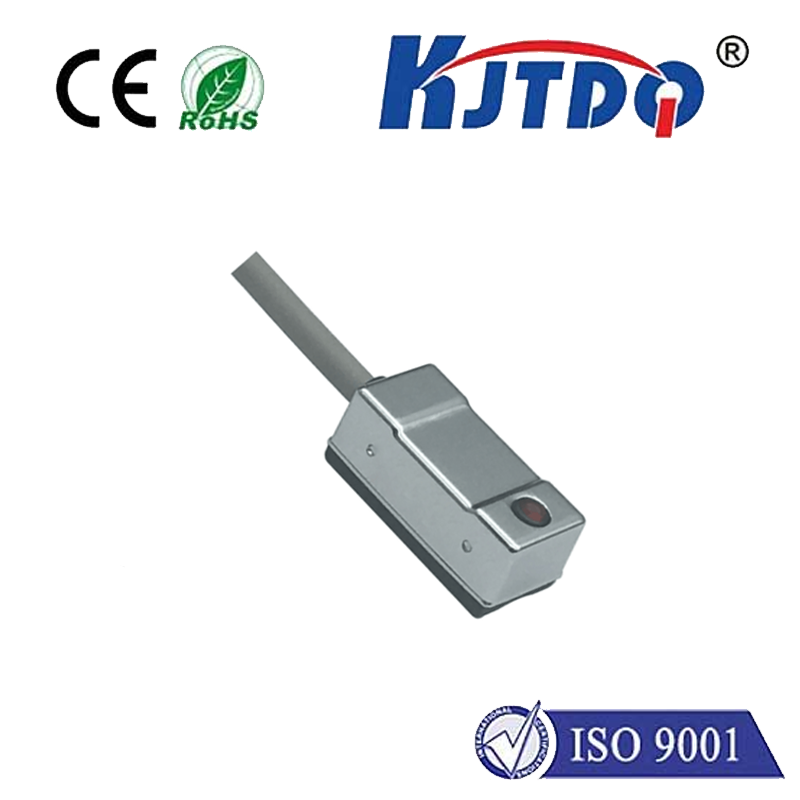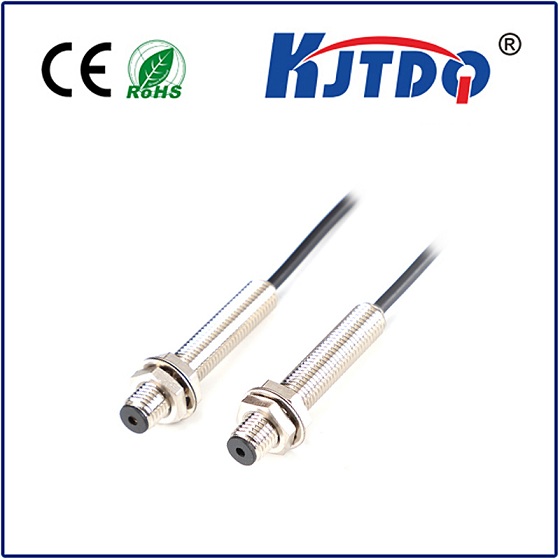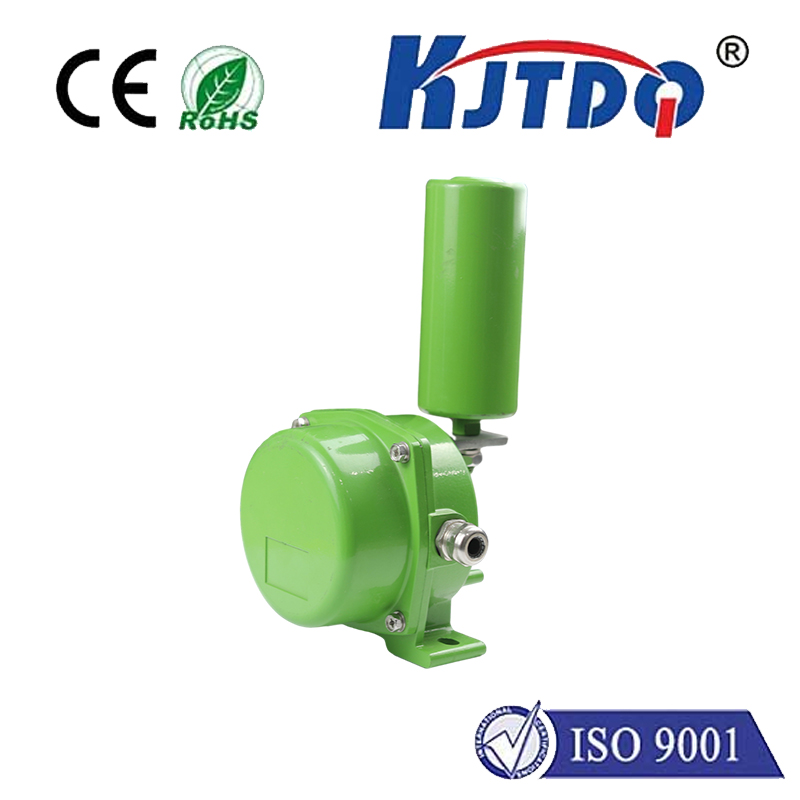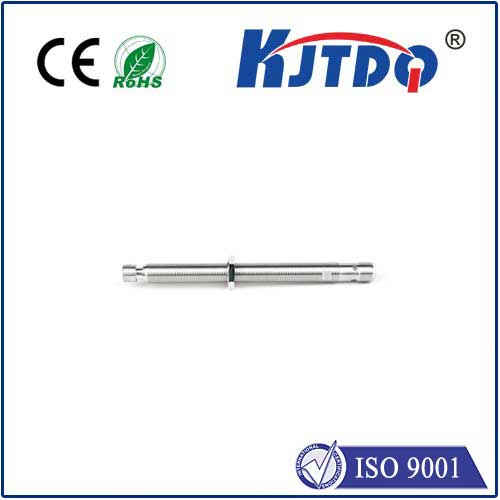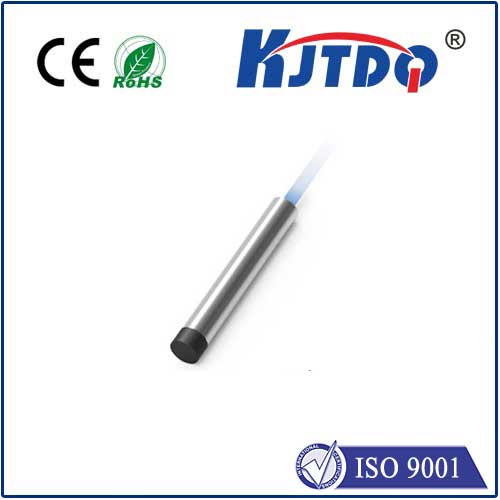
check

check

check

check
Introduction:
The need for reliable, high-performance sensors in various industrial applications has become increasingly crucial. In particular, the challenge of operating sensors in high-temperature environments without compromising their accuracy and functionality has driven the development of innovative solutions. One such solution is the high temperature capacitive proximity sensor, which offers superior performance and improved safety in comparison to traditional sensors. This article will explore the key features and benefits of this advanced sensor technology, highlighting its potential applications in various industries.
Body:
1. High Temperature Capacitive Proximity Sensor Overview:
a) Definition and Function: A high temperature capacitive proximity sensor combines the capabilities of a capacitive sensor with enhanced temperature resistance, making it suitable for harsh industrial environments.
b) Key Features: These sensors typically feature high temperature resistance ranging from -40°C to +350°C, quick response time, low power consumption, and accurate sensing capabilities.
c) Applications: High temperature capacitive proximity sensors find wide usage in industries such as manufacturing, automotive, aerospace, medical, and energy production, where high temperatures are common or unavoidable. Examples include monitoring furnace temperatures, detecting overheating components, and measuring thermal radiation in nuclear reactors.
2. Advantages of High Temperature Capacitive Proximity Sensors:
a) Improved Thermal Resistance: Unlike traditional sensors that suffer from degradation caused by exposure to heat, high temperature capacitive proximity sensors maintain their performance even at elevated temperatures.
b) Accurate Sensing: These sensors use capacitance-based sensing technology, ensuring consistent and accurate detection regardless of environmental factors like temperature, humidity, and electromagnetic interference.
c) Cost-Effective: High temperature capacitive proximity sensors offer a more cost-effective solution compared to other types of sensors that require specialized hardware or complex calibration procedures.
3. Case Studies: Real-World Applications of High Temperature Capacitive Proximity Sensors:
a) Manufacturing Industry: High temperature capacitive proximity sensors have been used to monitor furnace temperatures in factories producing electronic devices, ensuring efficient operation and reducing downtime.
b) Automotive Industry: These sensors have been employed to detect overheating engine components in automobiles, helping prevent costly repairs and improving overall vehicle performance.
c) Medical Industry: In hospitals and research facilities, high temperature capacitive proximity sensors are used to measure thermal radiation in MRI machines and other medical equipment, ensuring patient safety and optimal diagnostic results.
Conclusion:
The development of high temperature capacitive proximity sensors has revolutionized the way we perceive and address challenges related to sensor technology in harsh environments. With their ability to withstand extreme temperatures, provide accurate sensing capabilities, and offer cost-effective solutions, these sensors are poised to play an increasingly critical role in various industries. As research continues to advance this technology, we can expect even more exciting applications in the future.
